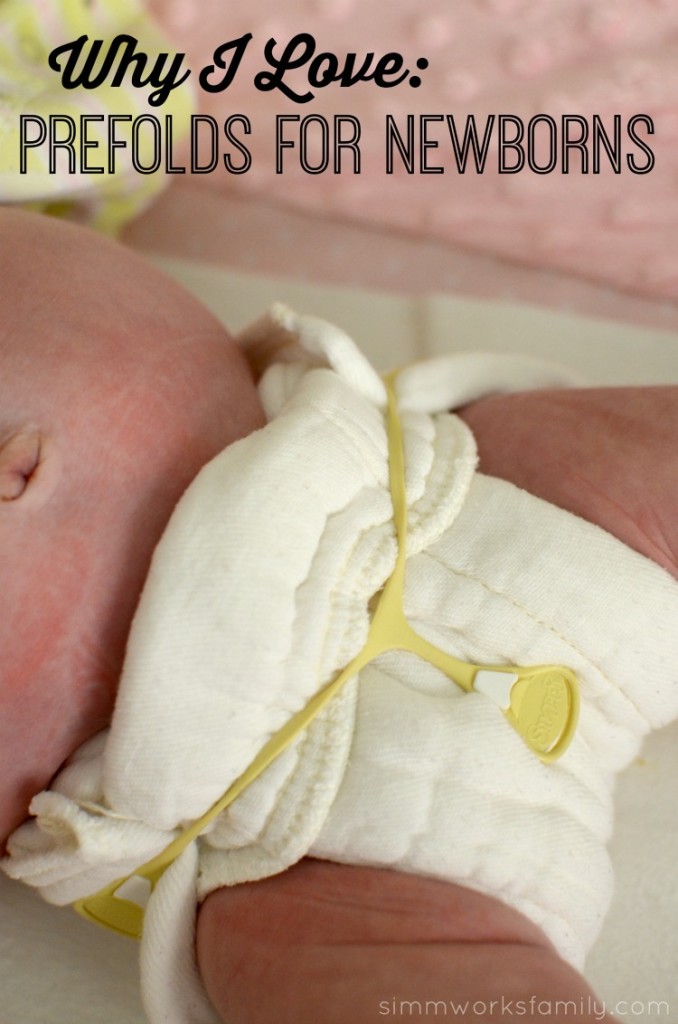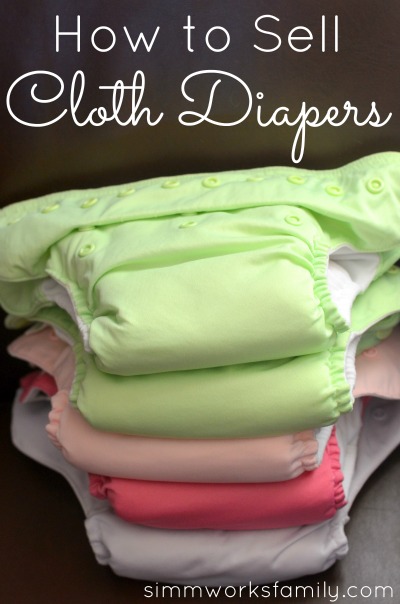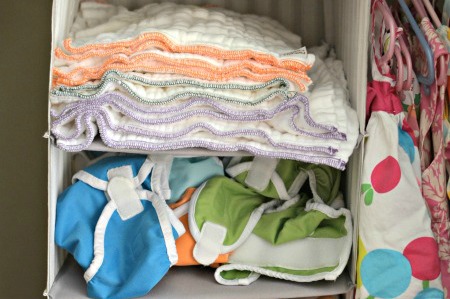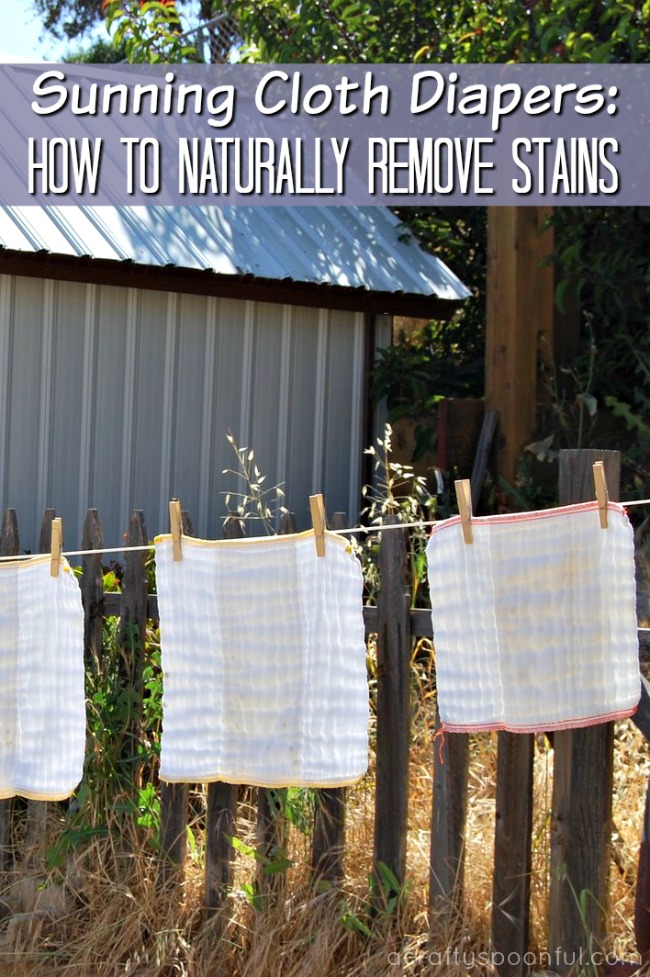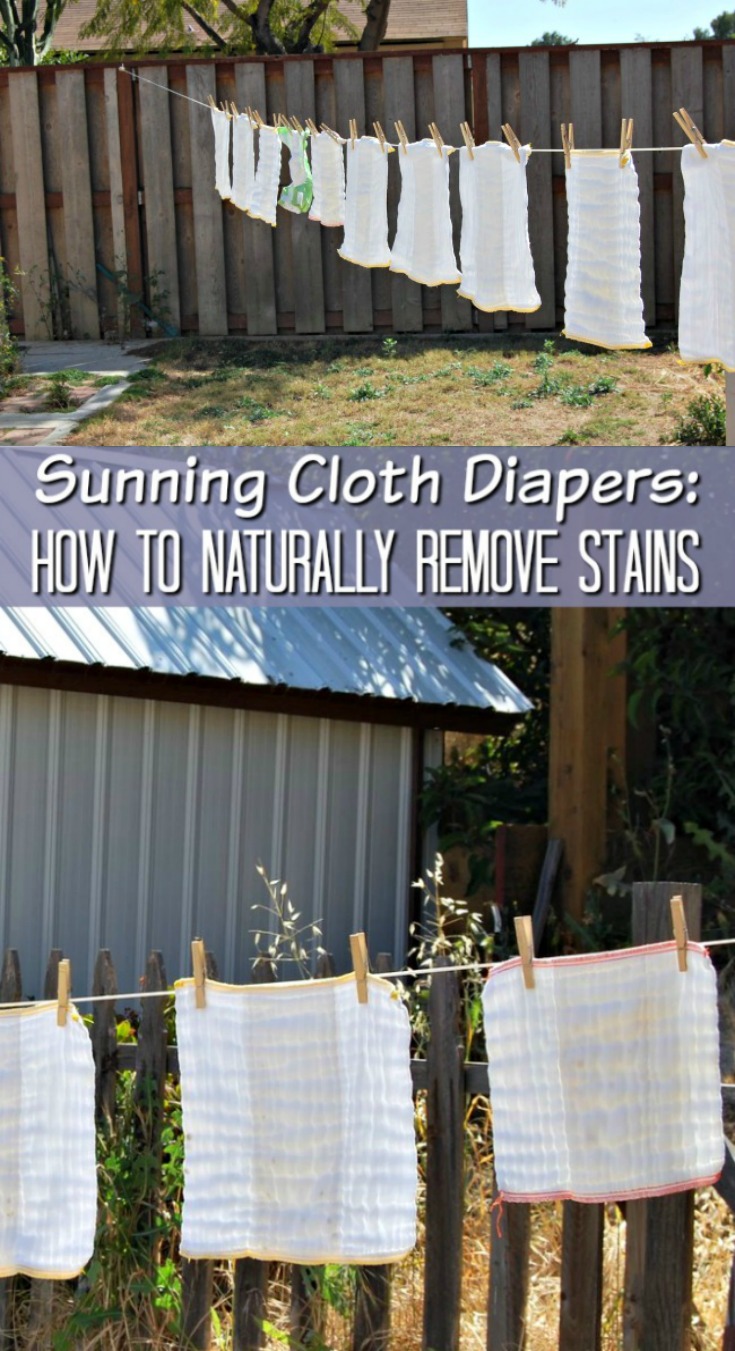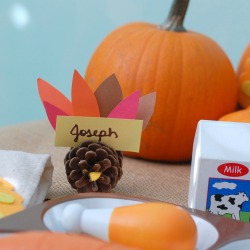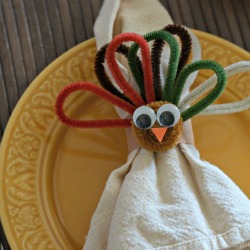We are back in the land of cloth diapering with our third baby and I’ve come to realize how much I love cloth diapering a newborn with prefolds. Not only is it one of the quickest option for me (no stuffing a pocket diaper or worrying about velcro sticking to another diaper with AIOs, I also find that prefolds tend to be better at containing newborn poo. And my newborn knows how to poo!
With the added layer of a cover, newborn diapering is so awesome with prefolds! I find that I have the least chance of being leaked on if we’ve used a prefold. Now I know that the newborn stage doesn’t last long but while it’s here I’m sure I’ll keep grabbing for the prefolds first when I reach into the diaper stash. [Read more…]
